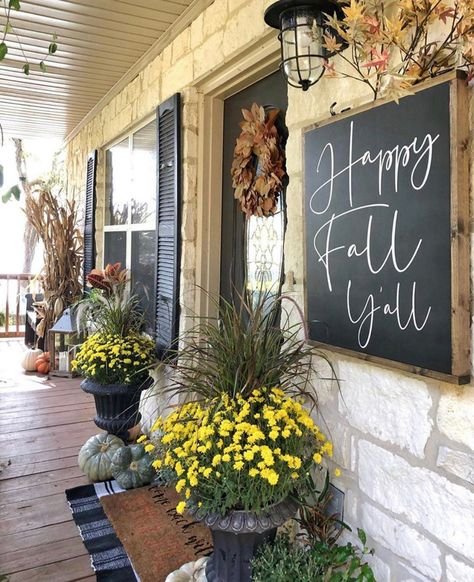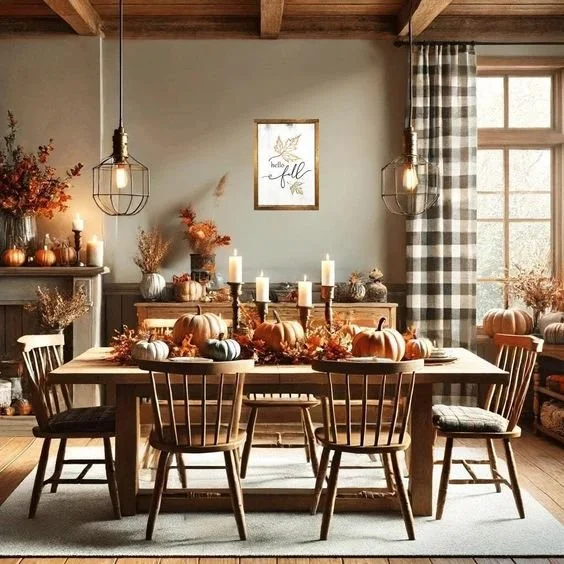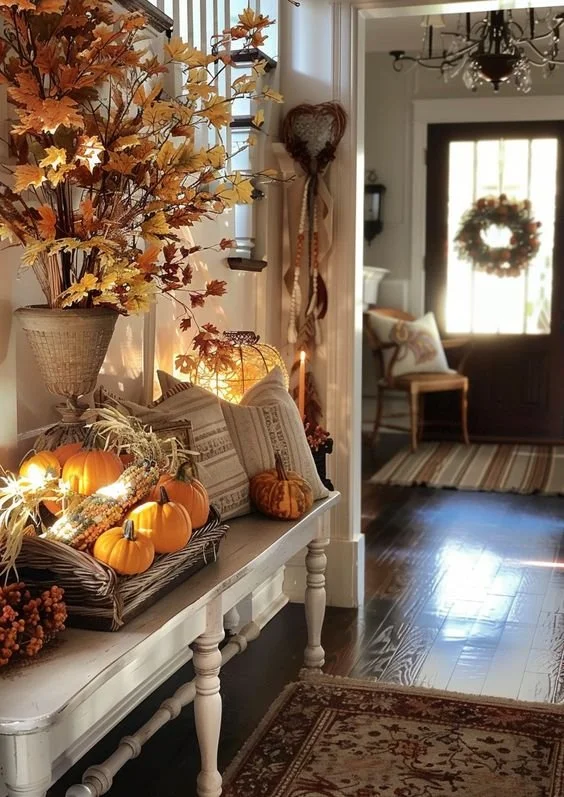Dreaming of a Greener Tomorrow? How Propane Could Fuel Your Eco-Fantasy Today
RH Business Marketing Solutions
Propane offers a green solution for eco-conscious property owners. It's a clean-burning fuel recognized by environmental regulations. This versatile energy source provides benefits for homes and businesses alike. Wildhorse Propane & Appliance has been at the forefront of this eco-friendly movement, helping residents and businesses harness the power of Paso Robles propane to meet their energy needs while reducing their environmental impact.
Propane's environmental impact is notably low. It produces fewer carbon emissions than many other fuels. When burned, propane mainly releases water vapor and minimal carbon dioxide. In case of leaks, it doesn't contaminate soil or water. The gas simply dissipates into the air without harmful residues. Propane's high efficiency means less fuel consumption overall. This leads to reduced environmental impact from production and transportation.
The economic benefits of propane are significant. It costs about half as much per BTU as electricity. This translates to substantial savings on energy bills. Propane gas fireplaces are 30% to 60% cheaper than wood-burning ones. Propane-powered appliances also tend to last longer. A propane heating system can function for about 20 years. Electric heat pumps, in contrast, usually need replacement after 10-12 years. This longevity saves money on replacements and reduces waste. Propane appliances generally require less maintenance too. They experience fewer malfunctions compared to electrical appliances. Lower repair costs add to the long-term savings.
Propane's performance is impressive across various applications. Heating systems powered by propane are highly efficient. They produce air that's 15-20 degrees warmer than electric heat pumps. This ensures faster heating and consistent comfort. Propane water heaters are quick and efficient. They can heat a full tank in about 20 minutes. Electric heaters often take an hour or more for the same task. In the kitchen, propane stoves offer precise temperature control. Many chefs prefer them for their instant heat and cooking quality.
The versatility of propane extends outdoors. It can power grills, patio heaters, and pool heaters. This extends the usability of outdoor spaces year-round. Propane's accessibility is another key advantage. It's readily available in most regions. This ensures a stable supply for users regardless of location. Propane can be stored on-site in tanks. This makes it ideal for off-grid locations or areas prone to power outages. It provides energy independence and security.
Unlike weather-dependent renewable sources, propane offers consistent performance. It ensures reliable energy access in all conditions. This reliability is crucial for both homes and businesses.
Switching to propane requires some planning. Property owners should consult with experts. These professionals can assess specific needs and design tailored systems. The transition process involves several steps. It starts with a site assessment to determine optimal tank and line placement. System design follows, integrating propane into existing or new construction. Obtaining the necessary permits is crucial. Installation involves setting up tanks, running gas lines, and connecting appliances. Safety checks ensure all connections meet standards. User education on proper use and maintenance completes the process.
Propane shines in specific applications. Home heating with propane is efficient and cost-effective. Propane furnaces heat air to higher temperatures than electric systems. They operate in short intervals to minimize heat loss. This results in consistent warmth and lower energy costs. Water heating with propane is twice as fast as electric models. It offers lower operational costs and faster recovery rates.
In the kitchen, propane stoves provide instant heat and precise control. They continue to function during power outages. This ensures food preparation capabilities at all times. Propane clothes dryers are faster and gentler on fabrics. They consume less energy than electric models.
For backup power, propane generators are reliable. They ensure the continuous operation of essential systems during outages. In agriculture, propane has various uses. It's used for crop drying, flame weeding, and powering irrigation engines. Commercial establishments benefit from propane too. Restaurants and hotels can reduce operational costs with propane systems.
The future of propane looks promising. The industry is developing renewable propane from biomass and plant oils. This could further enhance its eco-friendly profile. Research continues on more efficient propane appliances and systems. These advancements could lead to even greater energy savings and reduced emissions.
Propane stands out as a versatile and relatively clean energy option. It provides reliable energy while minimizing environmental impact. Property owners can significantly reduce their carbon footprint by choosing propane. They don't have to sacrifice comfort or efficiency in the process.
In conclusion, propane offers a practical path to a greener future. It balances ecological responsibility with energy needs. As we dream of a more sustainable tomorrow, propane could be the key to turning those dreams into reality. It's a step towards a cleaner, more efficient energy landscape for homes and businesses alike.






















